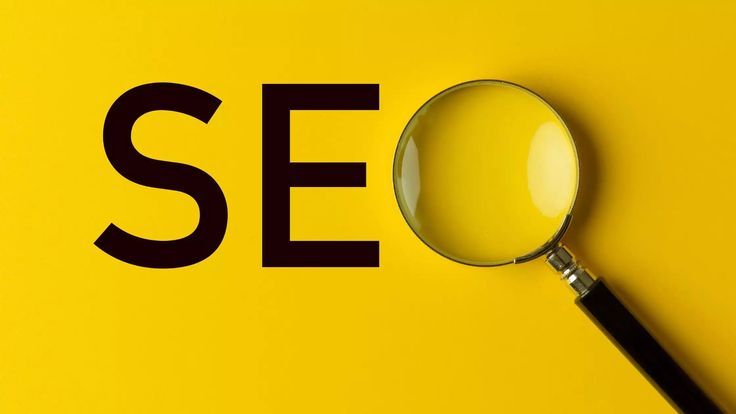Menu

In the digital design landscape of 2025, ranking graphic resource sites is more competitive than ever. Platforms like Freepik, Envato Elements, and rising stars like Seekvector are all vying for top spots on Google. The difference between page one and page three often comes down to SEO—how well your site communicates value to search engines and users.
Today’s SEO goes beyond keywords. It includes AI-optimized content, semantic search intent, visual performance, and user trust. If you're running a design assets site offering vectors, mockups, icons, or templates, this guide will help you stay ahead of Google’s ever-evolving algorithms.
Start with deep keyword research. In 2025, short generic keywords like “vector downloads” or “PSD files” don’t work alone. You need long-tail keywords that align with how users search now.
Instead of targeting just “UI icons,” optimize for search terms like “download free UI icons for Figma projects 2025.” Tools like Ubersuggest, Ahrefs, and Google Trends help uncover current search intent.
On Seekvector’s UI section, you’ll notice keyword variations such as "minimal dashboard UI kit download" or "editable mobile app UI vectors"—these are built to match actual search queries and rank accordingly.
To rank high, your site must be technically optimized. This includes:
Writing compelling meta titles and descriptions with keywords like "free vector templates for social media in 2025."
Using clean URL structures and header tags that match content flow.
Embedding images with alt text like "modern isometric vector icons for SaaS platforms" instead of generic filenames.
For example, a page like Seekvector’s Icons category uses descriptive file names, fast-loading previews, and internal links to related resources—all SEO gold.
Additionally, platforms that follow Google's Page Experience signals—like fast loading speed, mobile-first design, and core web vitals—are rewarded with better visibility.
Creating SEO-optimized content is crucial. Search engines love well-structured blog posts that solve problems or answer questions. Instead of just listing downloads, educate your visitors.
Look at Seekvector’s post on the Rise of Prompt-Based Design in 2025—it doesn’t just showcase assets; it explains how designers can leverage prompts with AI tools. This mix of helpful content and targeted keywords helps Google rank the page for multiple variations.
Other article ideas include:
“How to Create a Portfolio Using Free Mockups”
“10 Trending Vectors for Web Designers in 2025”
“Free Design Resources for Agencies Using Adobe Illustrator”
Publishing this type of content weekly increases time-on-site and builds authority—two signals that Google now weighs more than ever.
To truly dominate the SERPs, backlinks from credible sources are essential. Guest posts on platforms like Smashing Magazine or Creative Bloq can provide dofollow links that boost your domain authority.
You can also create data-rich infographics (e.g., “2025’s Most Downloaded Vector Styles”) and pitch them to design bloggers and YouTubers.
Meanwhile, Seekvector’s homepage links internally to categories, blogs, and tools, reinforcing topic clusters that help with semantic SEO. This internal linking structure boosts crawlability and keeps users engaged longer.
Pro tip: Don’t forget Pinterest and Behance—both platforms are excellent for generating high-traffic backlinks if you embed your asset previews with direct links back to your site.
Your strategy means nothing if you’re not measuring results. Use Google Analytics 4, Google Search Console, and tools like Hotjar to monitor:
Which keywords are driving clicks
How users navigate your design categories
Which pages have high bounce rates or low time-on-page
For content optimization, platforms like Surfer SEO or Frase offer AI-driven insights to improve keyword density, structure, and semantic score.
Sites like Seekvector use real-time traffic data and tweak underperforming pages by adding previews, internal links, and alt text based on this analysis—small adjustments that lead to huge gains in visibility.
In 2025, graphic resource platforms that rank well don’t just offer great content—they engineer SEO into every download, blog post, and category page. By following this strategy—smart keyword research, optimized on-page SEO, link building, and constant analysis—you can position your platform among the top-ranking resources online.
👉 Ready to grow your visibility?
Explore SEO-driven design resources at Seekvector and start building smarter strategies today.